On Monday, July 22, 2019, precisely three years after the kidnapping of the journalist Jean Bigirimana in Bugarama area in Muramvya province, Iwacu Press Group organized a ceremony in memory of this missing person.
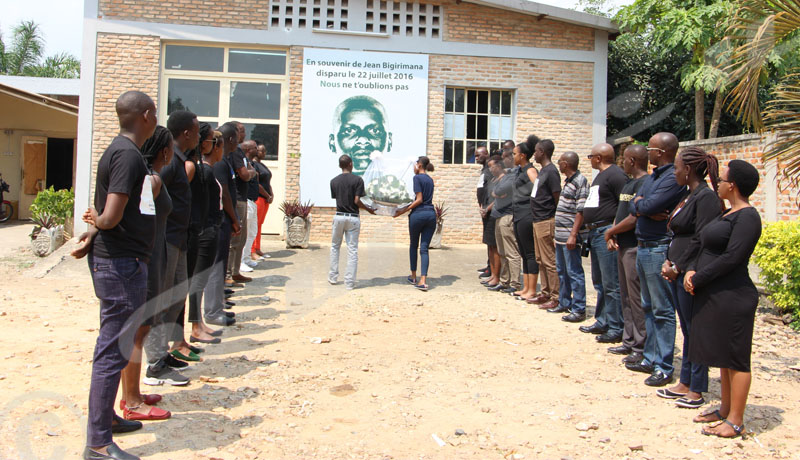
Journalists form two rows to pay tribute to Jean Bigirimana
All the editorial staff agrees on one thing: the commemoration must begin the time when our colleague received the last phone call. It was around 12:30 p.m. on July 22, 2016.
July 22, 2019. With their heads down, all journalists leave their newsrooms to converge on the giant portrait of Jean Bigirimana posted on a wall in the inner courtyard of Iwacu Press Group.
The morning is gloomy. Before they get together, his colleagues spend some time in meditation. Instead of stormy discussions for some time, there is silence that speaks volumes in the various newsrooms. Are they thinking about the meaning of their commitment after this tragedy? Do any pictures of Jean intervening during the news conference come back to them? Who kidnapped him and why? Are they thinking about the last moments of their colleague? Why has the request for a DNA test on bodies recovered in the Mubarazi remained unanswered?
There are many questions over his disappearance. Why was one of the bodies beheaded? Why were the two corpses buried in hiding? Why is a certain Abel who set the trap for Jean still missing today? Who abducted him as well?
There are always questions: Who are these two poor guys found in the Mubarazi? Was there among these two bodies that of Jean? Nothing is less sure. ” No Jean”, as ” tweeted ” the police spokesman? Didn’t any authorities who followed Iwacu’s reporters to the bottom of this valley where the two bodies were recovered know anything about them? Why does justice seem silent on this issue?
We do a job that obliges us to doubt everything, ourselves or what seems obvious. Once again, nothing is less sure. So many questions remain unanswered for the remaining journalists of Iwacu newspaper.
Dressed in black, they form two rows in front of the giant portrait of Jean Bigirimana. Two young journalists, a young man and a girl are chosen to carry the crown to the foot of this portrait. “It is a message that Iwacu did not fall, that the succession is there, that Jean has not disappeared for nothing,” said Léandre Sikuyavuga, Iwacu chief editor. All journalists are invited to observe a minute of silence. It’s a solemn moment full of emotions.
The pain left by Jean Bigirimana’s disappearance and the pain felt by the entire editorial team in the face of this tragedy is reflected in the words of the chief editor: “This is an ordeal, a trauma for us all. Since the terrible date, we live the fear in fear, but have not given up the work. We continued.
A call for more professionalism
In his address, there is a special feeling for the family of this disappeared journalist: “On this sad anniversary, we think of his wife and two children in exile. May this family know that they can always rely on Iwacu. ”
Léandre Sikuyavuga called on Iwacu journalists to remain courageous: “Dear colleagues, the situation is not easy for Iwacu, but work bravely, be professional. Our role is essential, Burundians need a diversified and quality information. Iwacu, the voices of Burundi, is our motto. Let us remain in the service of Burundi and all Burundians,” concluded the chief editor.
The family of Bigirimana exhausted with waiting too long…
Three years without any news of Jean. Three long years of anguish, doubt and despair. Jean’s wife, Godeberthe Hakizimana thinks about proceeding to a partial lifting of mourning.
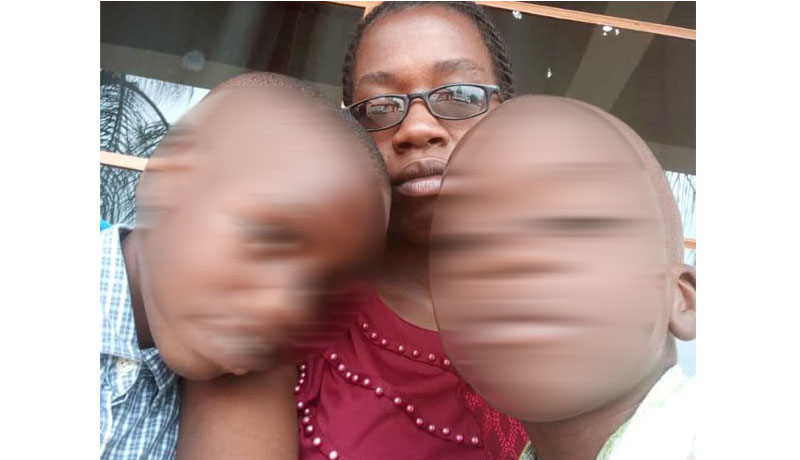
Godeberthe Hakizimana with her two sons
For Godeberthe Hakizimana, the Burundian justice seems to be beating around the bush. “Burundi justice knows where to start with investigations, who to interrogate, but it shows a total lack of will. It does not want to follow up all leads given to it.”
Exasperated, the journalist’s family thinks about organizing a partial mourning. “My family and Iwacu newspaper we will agree on the date and way the ceremony will be organized.”
The “widow” thinks that a ceremony with a prayer and some speeches could help her and the children to move forward, just to mourn at least partially.
“Little John Timmy often asks me why there was no funeral with his father’s death. No ceremony. I think that we have to do it for the psychological well-being of my children.”
For the family of Jean, mourning does not exclude the thirst for truth and justice. “We always seek the truth about what happened. The culprits must be brought to justice.”
The family living in exile faces many problems. Iwacu and the community of journalists do their best to support it. The young widow hopes to start a small income generating activity instead of waiting for the compassion of a charitable people.
>>Reactions
Reporters Without Borders: “There should be a DNA test on the recovered bodies found shortly after the journalist’s disappearance”
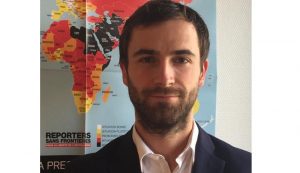
Arnaud Froger:” It is unacceptable that the investigation remains at a standstill”
Arnaud Froger, Head of Africa Desk-Reporters Without borders, says the Burundian authorities have shown no will to move the investigation forward.
He asks that the bodies found shortly after the disappearance of Jean Bigirimana be the subject of a scientific identification. These bodies were buried before any DNA analysis could be performed. “Three years after the death of this journalist, it is unacceptable that the investigation remains at a standstill when there is at least one serious track that has not been fully exploited.”

Agnès Bangiricenge: “Since then, nobody has brought in a new element shedding light on what was submitted in Bigirimana’s file before”
Burundian justice:”No new element so far”
According to Agnès Bangiricenge, Secretary General and Spokeswoman for the Supreme Court, the public prosecutor in Muramvya where the case of Jean Bigirimana case was opened indicates that nobody has since then brought a new element shedding light on what was submitted in Bigirimana’s file before.
Only grey areas
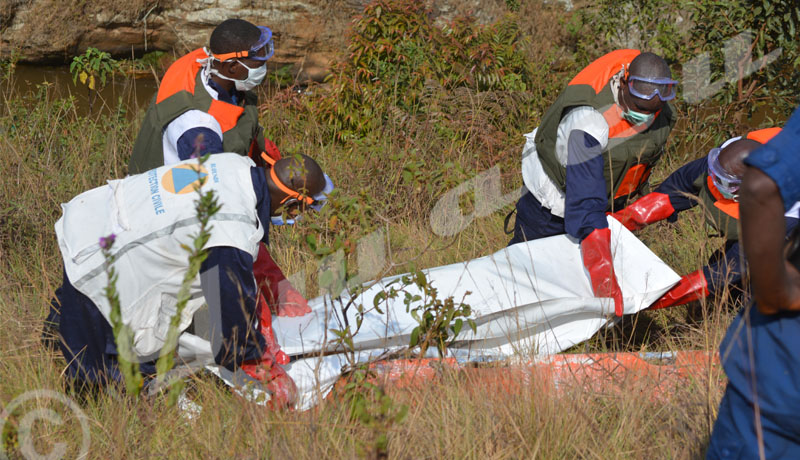
One of the two bodies recovered from the Mubarazi river by experts of the Civil Protection Police
Two weeks after the sad news of the kidnapping of the Iwacu Press Group reporter, a call early in the afternoon alerted the editorial staff. There were corpses floating on the Mubarazi river in Bugarama area in the province of Muramvya.
A team of reporters was immediately dispatched to the scene with a wild hope to find their colleague. It was the era of enforced disappearances and gruesome discoveries of dead bodies. They stopped in Bugarama for a short time just to make some calls. The team went straight to the Mubarazi river towards Muramvya.
Reporters were quickly spotted and people began suspecting them. These journalists parted ways and all attempts to ask questions about these “corpses” seen in the Mubarazi failed.
It was getting late, these journalists did not want to admit that they had failed, but ended up with the fact that they had to come back and walk along this river, carefree.
The next day, on Saturday, the team had company: there were police officers, agents of the National Intelligence Service (SNR), commissioners of the Independent National Commission on Human Rights- CNIDH, a forensic scientist, human rights defenders. Even the public prosecutor in Muramvya was there.
A sort of search was quickly organized throughout this river and with everyone. The result was zero corpse after hours of research. “You’ve been duped,” said a local shepherd and then went off with his few cows.
The team did not give up. It left the next day and returned to Bugarama, but decided to go through another path indicated by a reliable source. The group of reporters left the vehicle somewhere to make the rest of the journey incognito on foot.
A hike of another kind was organized. It was necessary to make detours, to bypass several mountains and to go down towards the Mubarazi river. The slope and the path were steep.
The information available to the team was that corpses were stuck in the waters of the Mubarazi at the foot of a cliff, close to the river. When the reporters saw this sort of rocky wall, they rushed to approach the river. They realized that they could not approach it, but as indicated at the foot of the cliff, a corpse was floating at the edge of the river.
The team said that the efforts ended up paying off. These journalists were eager to take pictures, zoom in to have some details on this macabre discovery. When these journalists hurried to climb the steep slope, they had only one idea, getting an internet connection to quickly give this information, and photos supporting it. When they examined the pictures taken, they notice that they were two corpses.
Further trips to the Mubarazi with many people like on the first day, were later on carried out and the two dead bodies were finally recovered by experts from the Civil Protection Police. One was beheaded, the other weighted with stones. The two bodies were taken to the morgue of Muramvya hospital.
A request for a DNA test sent to the CNDIH (Independent National Commission for Human Rights) by Iwacu could not be honored. Given the state of decomposition of the two bodies, the verdict of a medical examiner dispatched to the scene was clear: “Their identification without DNA analysis was impossible.”
The police indicated later that the journalist Jean Bigirimana was not one of the two bodies found in this river. It was after a brief physical identification by the wife of the missing reporter. “There is no Jean,” said Pierre Nkurikiye, spokesman for the police, on twitter.
Story written by Agnès Ndirubusa and Abbas Mbazumutima. Translated into English by Pierre Emmanuel Ngendakumana

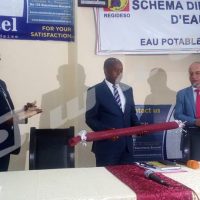
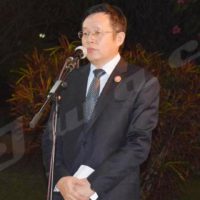

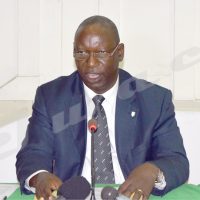
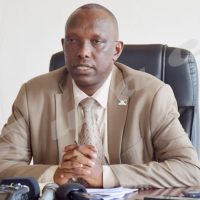













 IWACU Open Data
IWACU Open Data

